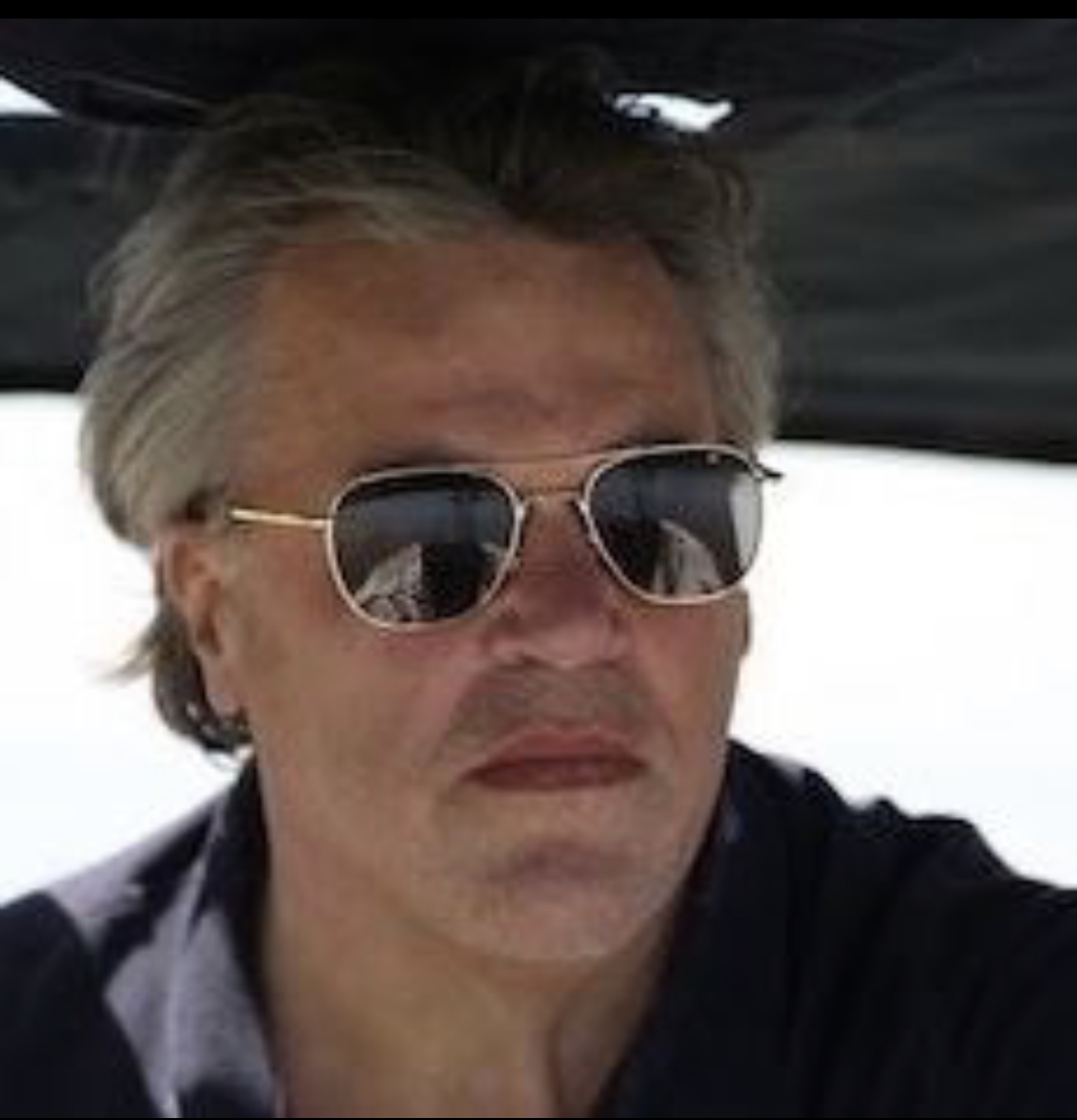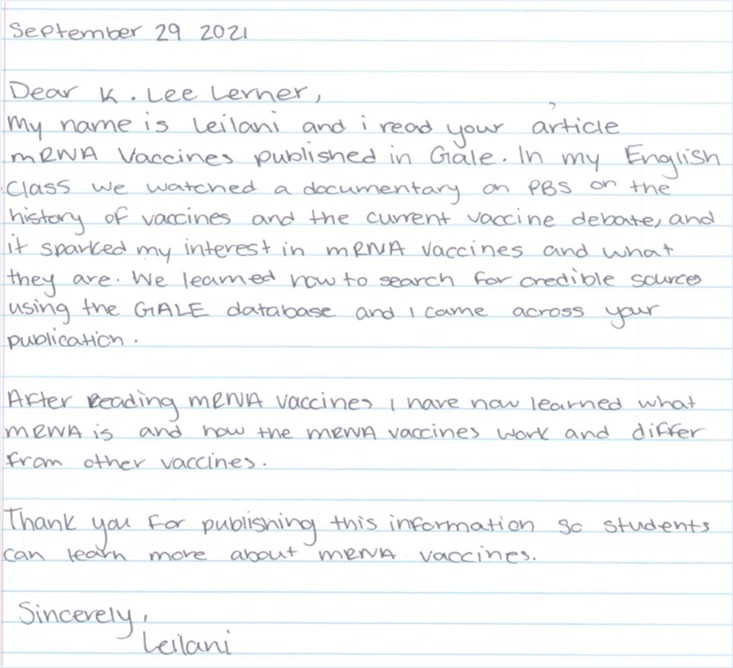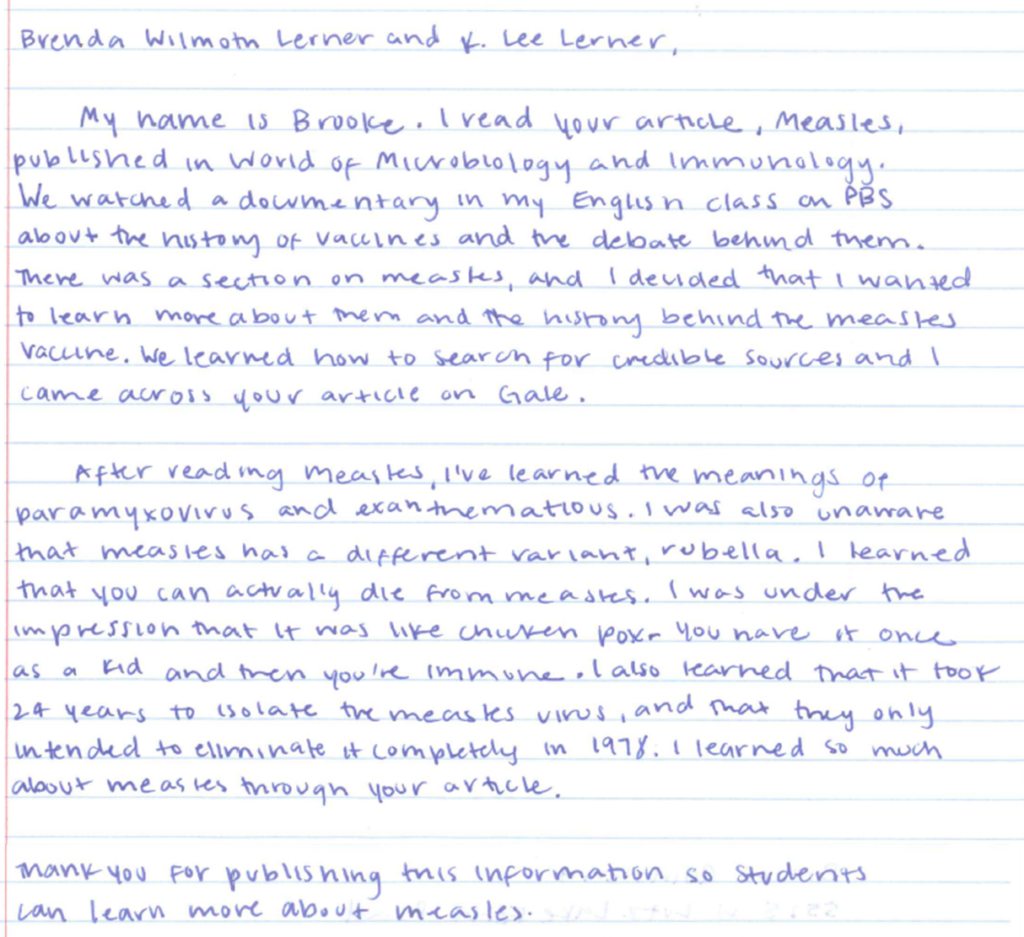| By K. Lee Lerner |
Students are engaged when they write about topics in the news that affect them and their families. Yet, for the past two years, no topic has loomed larger in anyone’s lives than the virus SARS-CoV-2 and the global COVID-19 pandemic caused by the virus.
From its many variants, including Delta, Omicron—and now super contagious, “stealth” Omicron derivations—to the vaccines created by three different companies to the national debate about the effectiveness of wearing face masks, there are many aspects of the pandemic that students can choose to investigate for a class assignment.
But the daily flood of information, misinformation, and pace of change in science can confuse even the savviest science- and media-literate citizen. Therefore, it is critical that students learn how to use digital resources to research controversial topics, along the way finding both credible sources and developing the critical-thinking skills to evaluate and apply the information they find.
This task is complicated when the issues change as scientific discoveries are revealed and debated in real-time, when expert consensus is elusive, and when something that happens half a world away can rapidly redirect media narratives.
To find a path forward, let’s consider how vetted resources used by one high school in Florida both guided students with reliable sources and unleashed their natural curiosity and interests.
The Science Behind Vaccines
At Steinbrenner High School in Lutz, Florida, students were tasked with writing about some aspect of the virus. First, they watched a PBS documentary, Vaccines—Calling the Shots. This hour-long program showed students the science behind vaccines for such diseases as whooping cough, measles, and mumps. The documentary discussed recent increases in cases of these diseases because more parents decided to opt-out of giving their children these shots. Parents explained how they made their decisions, and the documentary highlighted the risks of having a growing group of people reject a vaccine.
For a quick look at the debate about vaccines, this three-minute FRONTLINE/PBS video is a perfect primer for students.
Students were then free to choose a topic within this broad subject; some chose to write about measles, while others chose the science behind the mRNA vaccines that are currently being used to combat COVID-19. No matter what specific area students chose, they were able to find reliable material within their school’s digital resources, including Gale In Context: Science and Gale eBooks.
English teacher Tiffany Southwell knew her students were ready to investigate this topic and the concept of credible research after one of them approached her and said: “Dr. Southwell, I hope you didn’t get vaccinated because there is a chip in the shot that lets the government track you.”
“I explained to them it was normal to have questions and want to search for answers,” said Dr. Southwell. She also discussed with her class the importance of accessing quality research instead of relying on the opinions and unverified information commonly found on social media.
Her students used Gale resources to answer their coronavirus questions while realizing the writers of these stories are experts who have spent their careers in this field.
Going to the Source
Providing access to credible, trusted sources is crucial for teaching students how to spot “fake news.” With this in mind, Gale launched a disinformation and misinformation topic page within Gale In Context: Science.
Additionally, the Coronavirus: COVID-19 topic page contains a multitude of materials curated for K-12 students. The stories range from accessible explanations about the virus, its variants, and vaccines to videos, audio stories, and more than 8,000 stories from academic journals.
I’ve written a number of these articles, including “Researching the Omicron Variant,” “How to Find the Facts about COVID-19 Vaccines,” and “COVID-19: Understanding the Vaccine Approval Process.” Students from Dr. Southwell’s class at Steinbrenner High School took advantage of these resources to research vaccines and other related topics—and wrote letters thanking me for materials that helped them with their work. The details they included in their letters show they were highly engaged with the articles. That is incredibly rewarding to me as a scientist and author, and to the many colleagues and experts who contribute to Gale resources.
“After reading ‘mRNA vaccines,’ I have learned that they contain a small segment of a virus’s genetic code, but that they do not actually introduce the pathogen to the body,” wrote one student.
This student used Gale In Context: Science to learn about the mRNA vaccines, which are covered in The Gale Encyclopedia of Science. This new style of vaccine is promising beyond its effectiveness in fighting COVID-19. mRNA vaccines can be highly potent, rapidly made, and cost-effective, according to this 2018 story in Nature Reviews Drug Discovery.
Some of the student’s classmates were also inspired to research mRNA vaccines after watching the PBS documentary. “The documentary sparked an interest in me concerning vaccines and their subsequent variations. [Our class] learned how to search for credible sources using Gale’s database,” shared a student.
A student who referenced the same publication shared, “I learned what mRNA is, and how the mRNA vaccines work and differ from other vaccines.”
Also from Steinbrenner High School, a student wrote to tell me that the story “Measles” helped her understand how that virus could be fatal. Before a vaccine was created in 1963, nearly all children got measles, with an estimated 500 children dying and 48,000 more hospitalized every year.
“I learned so much about the measles through your article,” she continued. She used one of Gale’s eBooks, World of Microbiology and Immunology, to learn about this viral infection.
But the biggest payoff for this classwork happened outside the classroom. A student of Dr. Southwell’s relayed this incident that happened in the school cafeteria: “Dr. Southwell . . . A friend of mine was telling all of us at lunch how vaccines are nonsense and COVID-19 is a huge scam from pharmaceutical companies. I feel differently but didn’t state my opinion. Instead, I asked him—in front of everyone—‘Can you share where you learned this information and what reasons you have to believe these sources are credible?’ He couldn’t respond, and his silence spoke wonders.”
“My students may have learned one of the most powerful lessons they will learn in life,” Dr. Southwell said. “To learn, we must always listen, research, and above all—question.”
An Opportunity to Build Critical-Thinking and Research Skills
Providing access to credible sources is essential for helping students strengthen their research skills—and for teaching them to think critically about the information they consume.
The research completed at Steinbrenner High School is an inspiring example of students taking the initiative to learn more about the topics that matter to them.
According to unique data retrieved from Gale’s Usage Dashboard, it’s clear that other learners are equally invested in conducting their due diligence: COVID-19 and vaccines are among the most frequently searched terms in Gale In Context: Science.
To learn how resources like Gale In Context enhance teacher effectiveness and student engagement, view this research study from Project Tomorrow®.

Meet the Author
Recognized for his use of language, accuracy, and balanced presentation, K. Lee Lerner’s portfolio covering science and global issues for Cengage includes two ALA RUSA Book and Media Awards and two works named Outstanding Academic Titles. Holding degrees in science, education, and journalism, including a master’s degree with academic honors from Harvard, Lerner has served on the board of advisors for the venerable American Men and Women of Science since 2003 and, along with Brenda Wilmoth Lerner, as co-editor for three editions of The Gale Encyclopedia of Science. He was the contributing Editor-In-Chief for Gale’s Encyclopedia of Espionage, Intelligence, and Security. A member of the National Press Club in Washington, D.C., Lerner is an experienced aviator and sailor who has completed two global circumnavigations. His Academia site consistently ranks among those most frequently accessed by students, scholars, and decision makers from around the world. Additional information may be found at scholar.harvard.edu/kleelerner and harvard.academia.edu/KLeeLerner.




